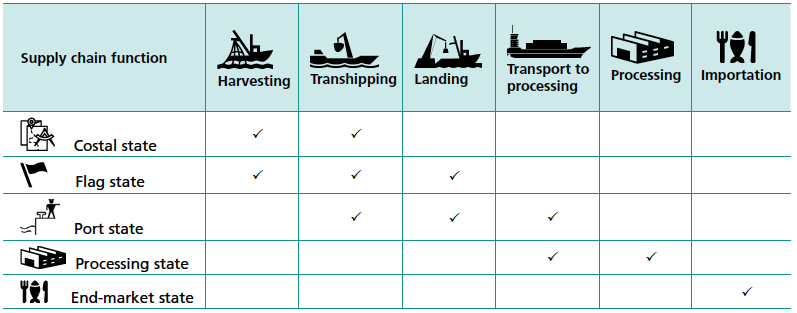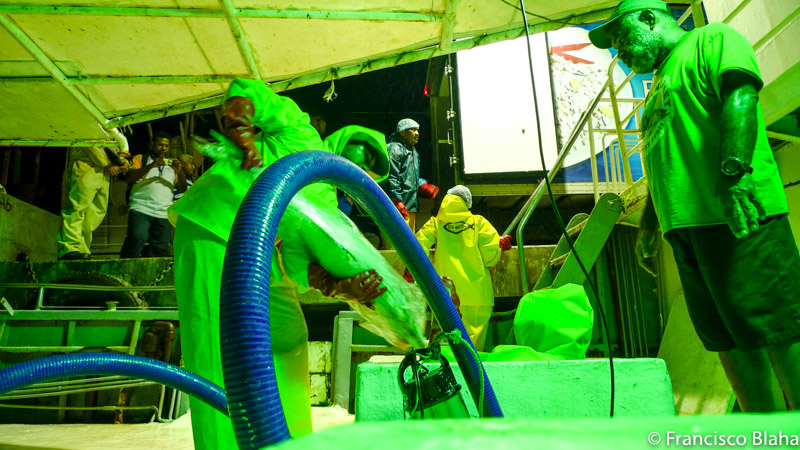I promised that I would slowly digest and post parts of our CDS publication to bring some of the key elements to the table, here is the 3rd post.
Although our book describes how CDS and national traceability systems should interact, technical aspects such as the programming languages of telecommunications platforms and the international e-business standards that may be used are not explored in depth.
But of course, it is important that CDS and national traceability systems that liaise with them should be aligned with international e-business standards such as the one developed by the United Nations Centre for Trade Facilitation and Electronic Business (UN/CEFACT). This global body for the exchange of electronic business information has developed specific agri-food sector standards that are endorsed by governments and intergovernmental organizations such as the World Trade Organization, the WorldCustoms Organisation and FAO. The UN/CEFACT standards are available at nocharge from its website.
Two of the examples in this paper are aligned with the UN/CEFACT standards – the New Zealand e-Cert (see Box 1 in the book) and the EU Trade Control and Expert System (TRACES) systems (see Box 6 in the book). A further example applicable to many elements of a CDS is the EU Fisheries Language for Universal eXchange FLUX standard – a data logging and exchange system based on the UN/CEFACT “schema” system that complements its Core Component Library. The schemas can be used for all data exchanges and processes in the Universal eXchange standard, and the Core Component Library is used to harmonize data to be exchanged and published. The advantage is compatibility with other standardization projects where fishery data can be requested from sectors such as customs, trade and food, and animal traceability (UNNExT, 2016).
The structure of CDS traceability systems must be standardised to facilitate interoperability. For this purpose the International Organisation for Standardisation (ISO) has produced ISO 12875:2011 which specifies how traded fishery products are to be identified and the information to be generated and held by the food businesses that trade the products through supply chains. The standard deals with distribution of finfish and their products for human consumption, from catch to retailers and caterers, but it does not cover data migration from one stage to another.
Similarly GS1 is a vendor-neutral not-for-profit organization that develops freely available standards for global use. It has developed standards for electronic data sharing – GS1 EANCOM and GS1 XML – and the 2015 GS1 Foundation for Fish, Seafood and Aquaculture Traceability Implementation Guideline.
There is currently no off-the-shelf software for traceability tasks in a CDS. Such products exist for private-sector operators, but no ready-to-use systems are available for state-level users. Countries that are developing their own applications on the basis of existing systems and traceability standards should consider the standards outlined by UN/CEFACT for developing their systems.
What about blockchain?
I posted recently about this, and repeat here something we wrote: "Blockchain technology may eventually eliminate the need for central registries, and is therefore likely to reduce the complexity and cost of transnational traceability systems. Current compliance functions enforced through a CDS central registry will remain in place to identify fraudulent transactions in blockchain systems and environments. The difference between a central registry and a blockchain approach to CDS data is a matter of form, not function."
image sourced from here: http://luxreview.com/article/2015/06/the-internet-of-things---the-jargon-explained























